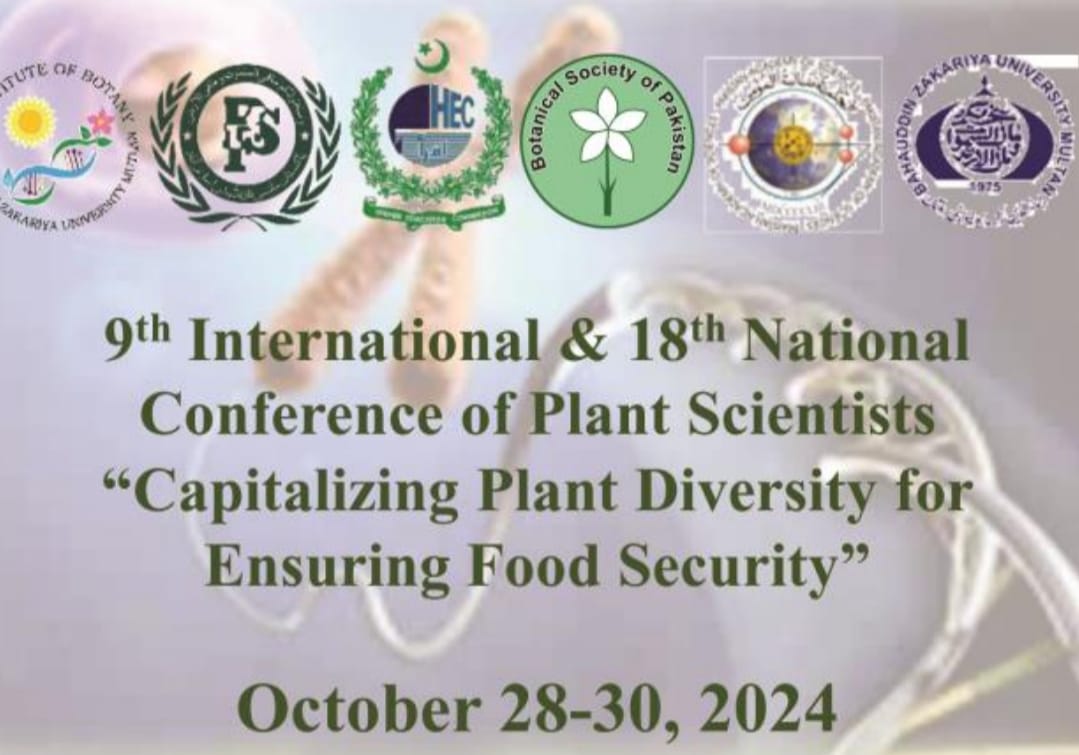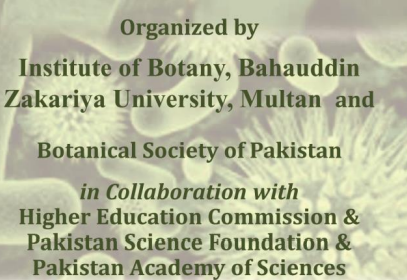PJB-2023-351
COMPARISONS OF THE GRAZING TYPE POPULATION WITH HAY-TYPE CULTIVARS OF ALFALFA (Medicago sativa L.) AND DETERMINATION OF THEIR YIELD-RELATED CHARACTERISTICS UNDER RAINFED CONDITIONS
Sabahaddin Ünal
Abstract
Enable Ginger
Abstract
Alfalfa (Medicago sativa L.) is one of the most important forage legumes for increasing the quantity and quality of degraded rangeland. Although rangelands in Türkiye have a great diversity of species in terms of vegetation composition, no cultivar has been developed for grassland rehabilitation. For this reason, improvement for grazing type cultivars is one of the priorities of alfalfa breeding studies. In this alfalfa study, the advanced grazing type population (L-1739), and hay type cultivars (Bilensoy-80, Savaş, Gözlü, and Plato) were evaluated for agro-morphological, and quality traits under the rainfed condition in 2012-2014 and compared in terms of the measured traits. The L-1739 had the highest number of stems, with 22.54 stems per plant in two years. However, the hay cultivars had higher plant height and stem diameter than L-1739. In addition, it produced similar quality but had a lower forage yield. The general yields were 4.46 t ha-1 and 1.37 t ha-1 for green, and dry forage, respectively, as a two-year mean. The quality traits of all genotypes tested in the study were similar. The general yields were 4468.4 kg ha-1 and 1379.4 kg ha-1 for green, and dry forage, respectively, as a two-year mean. As a result, the L-1739 should be used for rangeland rehabilitation by over-seeding and hay-type cultivars (except Gözlü) may be used for establishing artificial pasture on cropland under rainfed conditions. In addition, hay yield was found to be strongly correlated with plant height and stem diameter. Similar traits and their degree of similarity were determined by the method of cluster analysis.
Cannot connect to Ginger Check your internet connection
or reload the browserDisable in this text fieldRephraseRephrase current sentenceEdit in Ginger×
To Cite this article:


